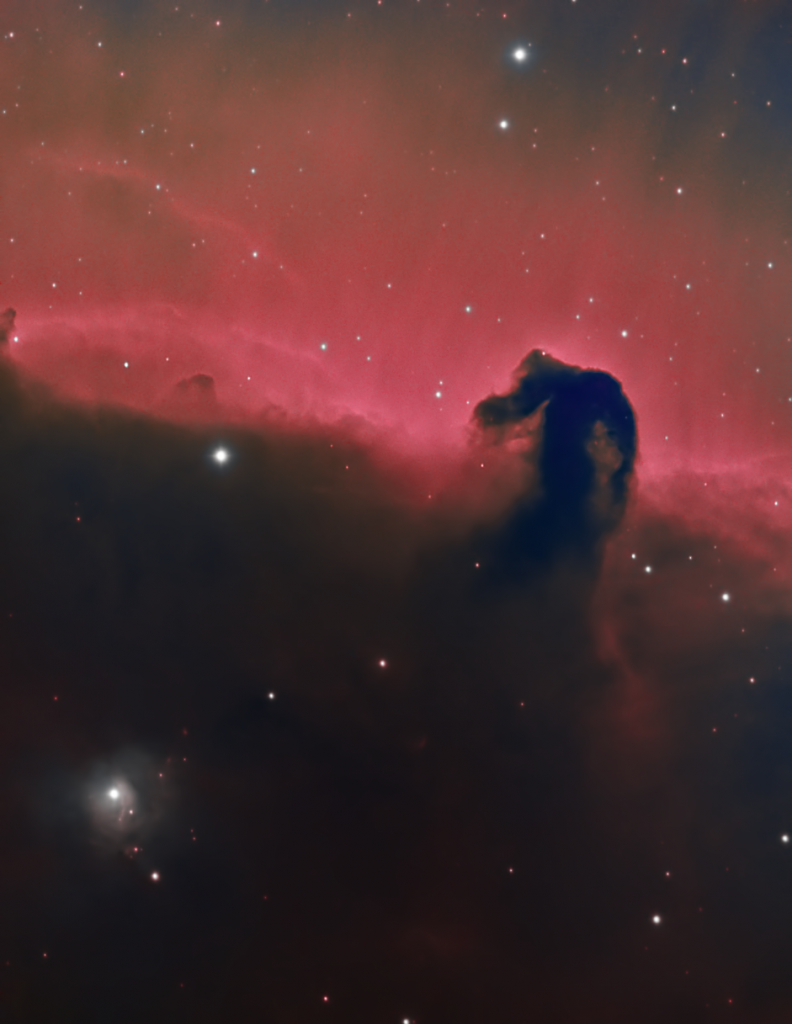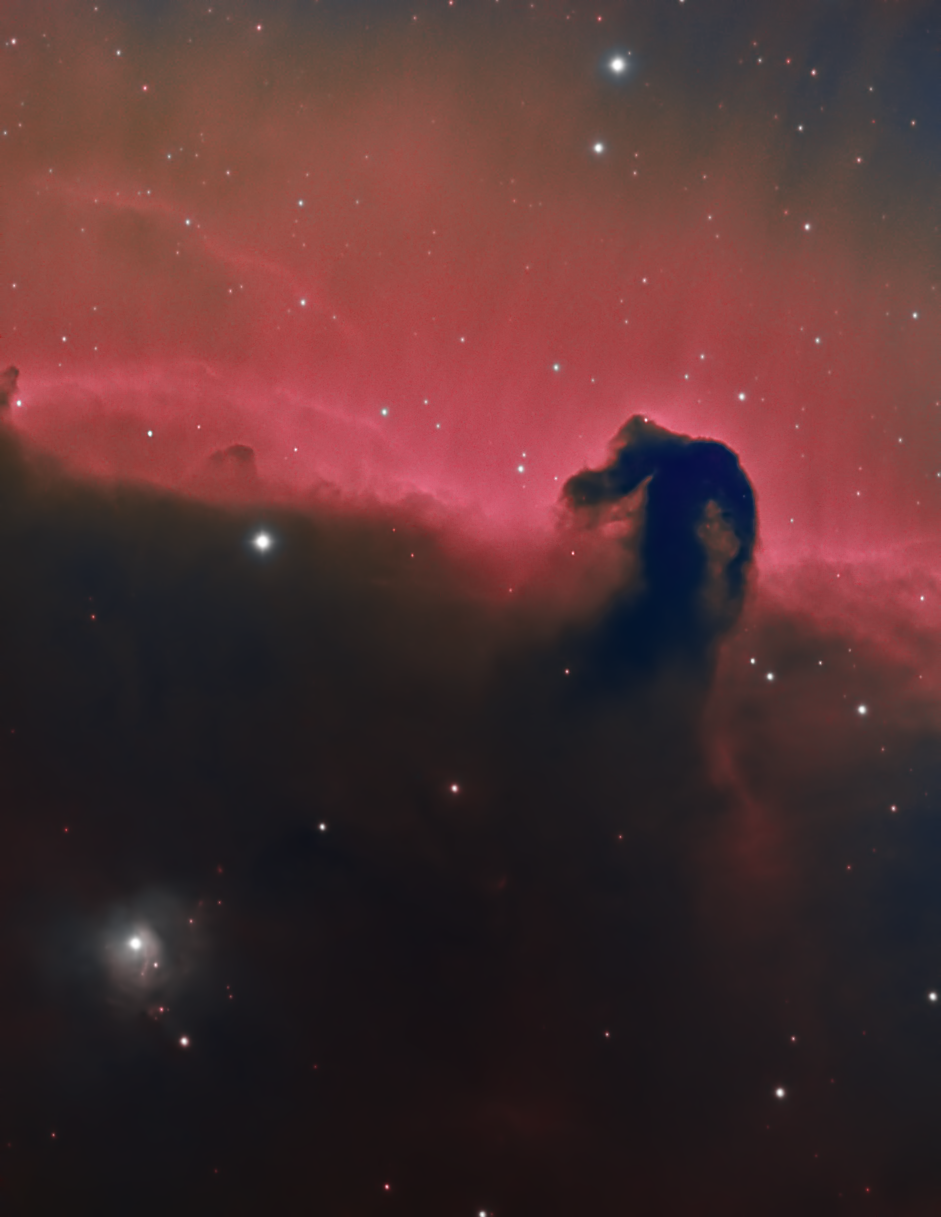
Similar Posts
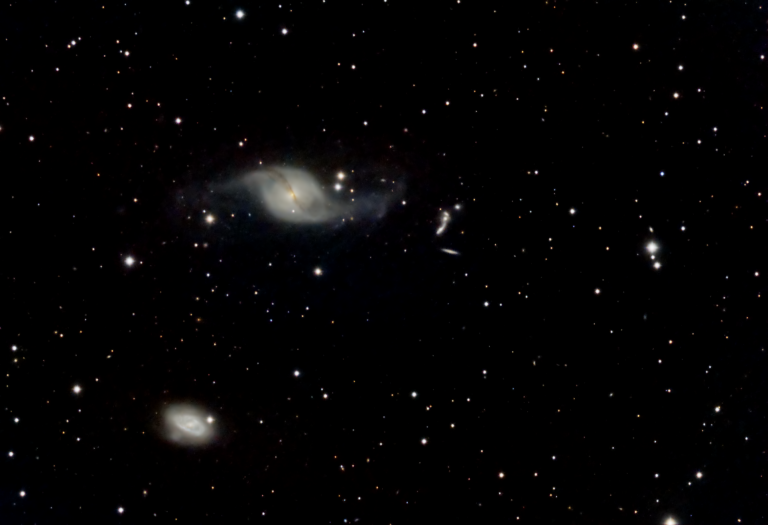
A really messed-up galaxy.
That twisted-up galaxy at the top is NGC 3718. We don’t actually know if it’s a spiral or a lenticular galaxy, because the galaxy below it, NGC 3729, appears to have warped it beyond recognition when it passed by it. Also look for the cluster of five more distant galaxies just to the right of…
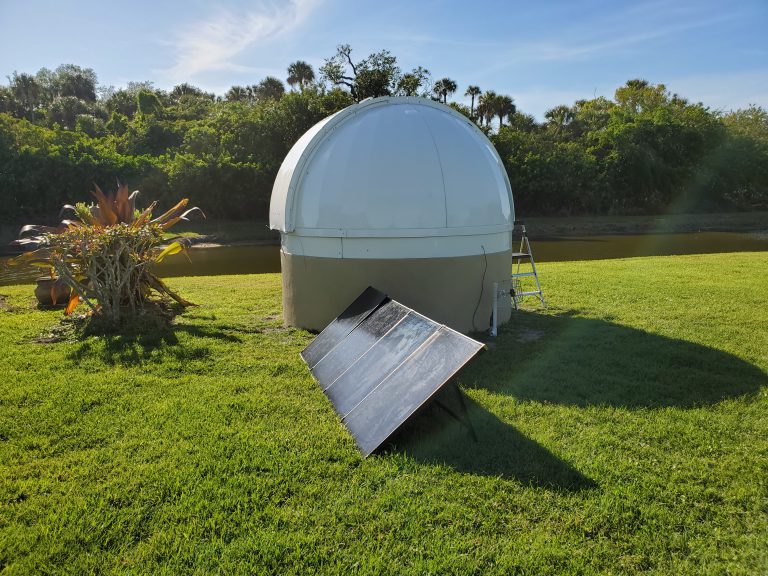
Our new observatory!
Our new house has plenty of land, reasonably dark skies, and a reasonable homeowner’s association… so of course I had to try building an observatory! It may sound crazy, but it does offer a lot of advantages: I no longer have to set up my telescope, wait for dark, polar align it, and run a…
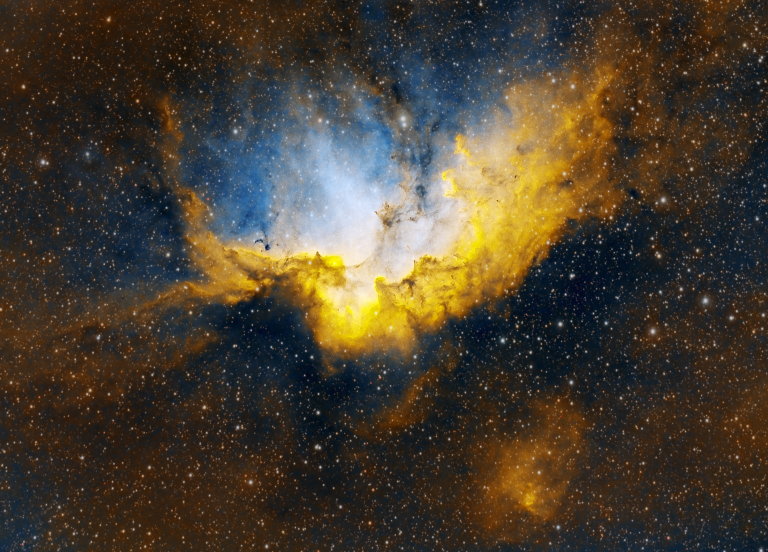
Off to See the Wizard (again)
These past couple of nights, I revisited the Wizard Nebula – home of a star cluster about 7,000 light-years away within the constellation Cepheus. This is a false-color image in the “Hubble Palette” where red, green, and blue represent ionized Sulphur, Hydrogen, and Oxygen emissions respectively. Can you see the “wizard”? Hint: he’s lying on…
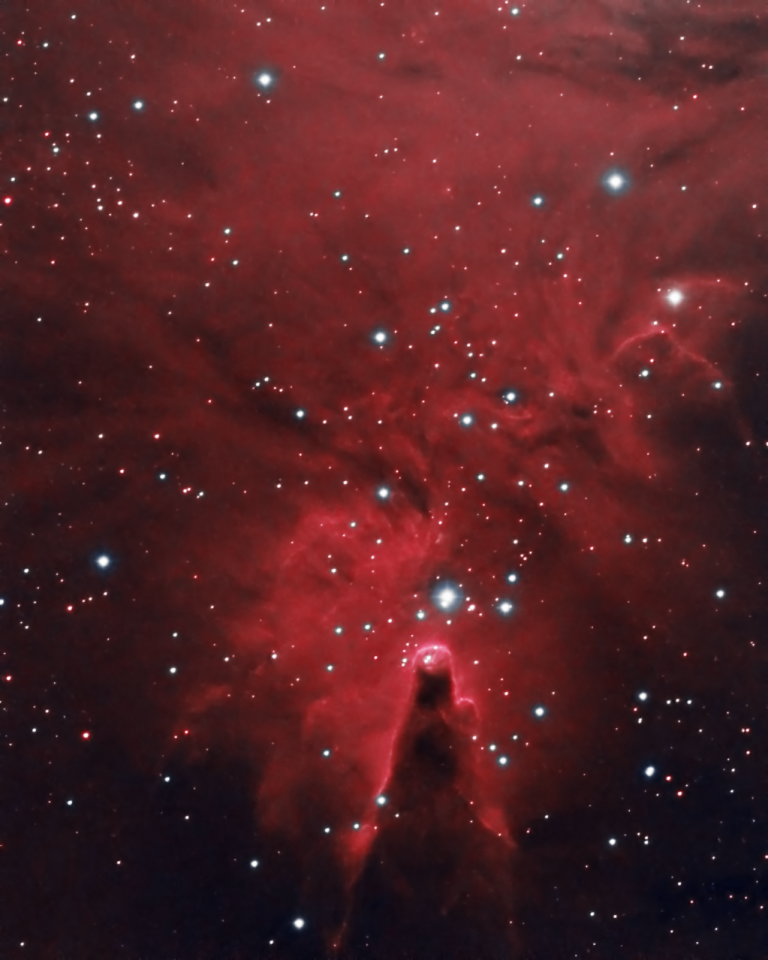
Cone Nebula
Narrowband image of the cone-shaped absorption nebula in front of the brighter emission nebula in this interesting region of the Christmas Tree Cluster, about 2,700 light-years away.
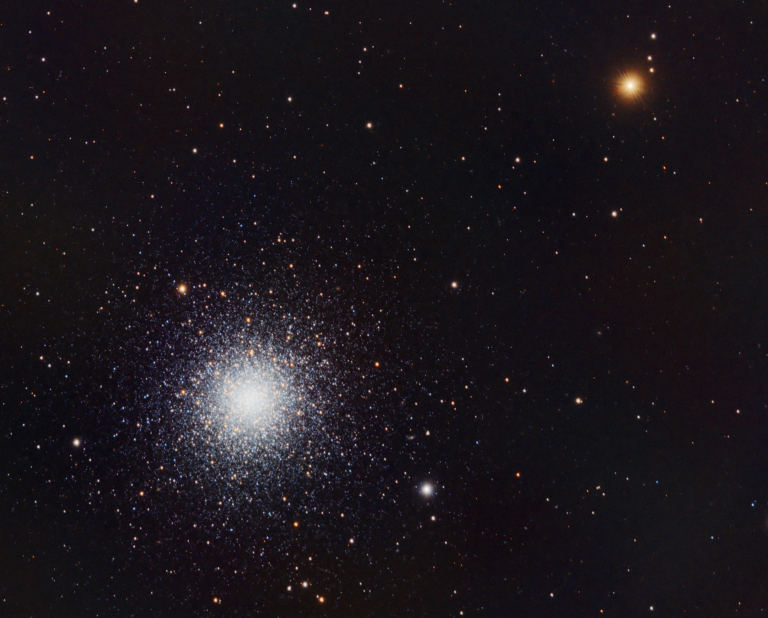
Revisiting globular cluster M3
Located about 34,000 light-years away within the constellation Canes Venatici, this tight ball of half a million stars formed just outside the disk of our galaxy – and so its stars never got mixed in with it. They’ve just been sitting there for over 11 billion years. One of the prettiest globular clusters in the…
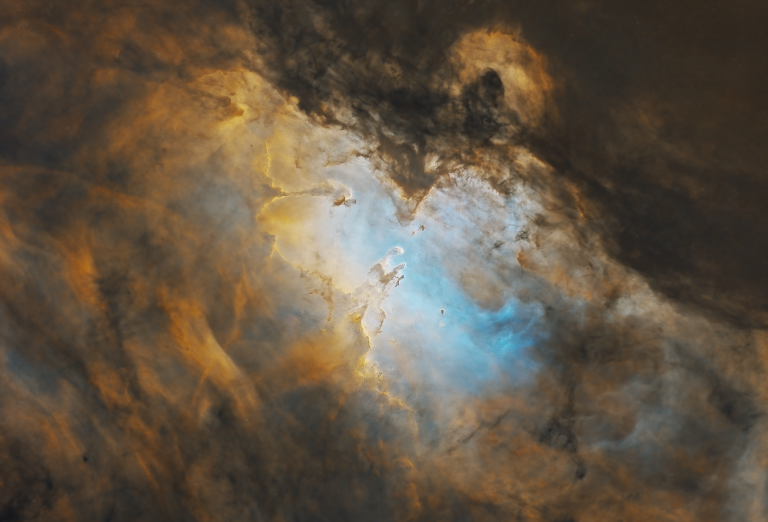
The Eagle Nebula – sans stars
This image was something of a happy accident – I spent a night capturing narrowband data on M16, the Eagle Nebula (home of the famous “pillars of creation”.) Of course I had to try reproducing the iconic Hubble image as best I could, but the color palette they use results in big, ugly, magenta-colored stars….

